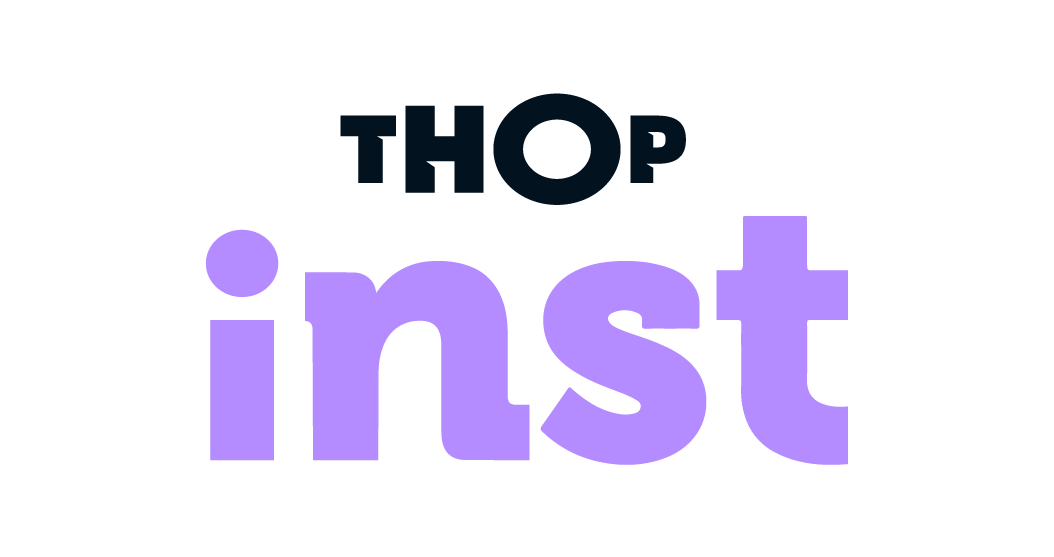Strategic communication, a necessary tool for the success of the Year of Youth
“I would now like to address our young people, girls and boys, because I am convinced that your talent and energy are an opportunity for our country. I believe in your ability to contribute to the development of Côte d’Ivoire. That is why I have decided to make 2023 the Year of Youth.”
This decision by the President of the Republic, Mr. Alassane Ouattara, expressed in his New Year’s address on 31 December 2022, is to be warmly welcomed.
It is a reaffirmation of the will demonstrated by the Head of State. It is the culmination of more than a decade of action in favour of young people, with the National Youth Policy 2021-2025 as its current compass.
The government’s roadmap for 2023 contains an abundance of public initiatives designed to benefit young people. They are part of a long-standing tradition of the State of Côte d’Ivoire and its Head of State to prepare, strengthen and empower young Ivorians.
The decision to make 2023 the Year of Youth is part of this continuity and offers a unique opportunity to improve how the State, public players and development partners engage young people.

This desire, constantly reiterated by President Alassane Ouattara, should lead to a change in the approach to public relations and strategic communication regarding this group. This readjustment appears to be essential to the success of the Year of Youth.
Ivorian young people, who make up more than 3/4 of the country’s population, like many young people around the world, are distrustful of and lack confidence in the public authorities. Even more, the changes that have taken place in the way information is consumed, attention divided, and disinformation amplified, have been widely documented. These are creating a situation where public action is essentially ignored by the main beneficiaries.
Young people live at a time when their attention is divided between social networks, which are fond of entertaining content and funny videos, traditional media, and instant conversations.
In the past, news was consumed by following the evening news at 8pm on RTI (Radiodiffusion-Télévision Ivoirienne) or Radio, or even by visiting the Ministry of Youth’s Facebook page. Today, live broadcasts from influencers and videos of holidays in faraway lands are distractions against which public information is obliged, unsuccessfully, to forge a share of the audience and their attention. We need to devise a therapy: to go beyond comments on the behaviour of young people and adapt.
A few years ago, communication channel strategists came to identify 3 SO-LO-MO pillars (Social, Local, Mobile). The idea was to rely on social networks, local media and smartphones to build and disseminate communications for young people. These channels are increasingly reinforced by the emergence of TikTok. This has accentuated the role of video in communication and confirmed the growing use of influencers.
The ever-decreasing cost of smartphones has only reinforced the need to adapt communications to mobile platforms. Côte d’Ivoire had 6.40 million social media users in January 2022, according to Kepios, quoted in the Digital 2022 report: “Côte d’Ivoire. 98.6% say they connect from a mobile phone”.
When young people consume communication, it comes from commercial brands and has ended up formatting in their minds the way communication should work. This means public communication must adapt and borrow the codes of advertising.
David Ogilvy, one of the fathers of modern advertising communications, said: “You need a central idea to attract consumers’ attention and encourage them to buy your product. Unless your advertisement contains a central idea, it will pass like a ship in the night. I doubt that more than one campaign in a hundred will have a central idea. His advice may prove useful in the success of communication around the Year of Young People.
For example, the “Enable Youth Côte d’Ivoire” youth employment project in agribusiness will be scaled up in 2023. Despite the government’s goodwill, the deployment of these measures can only be successful if there is massive support from young people. This is an opportunity to draw on the scientific evidence and empirical data available to adopt a more appropriate approach: a mobile website that is easily accessible on any smartphone, communication that prioritises the use of videos and local languages, and the recruitment of influencers of all sizes to educate and clarify the procedures for accessing the project.
The government’s efforts deserve massive support from young people, and President Alassane Ouattara’s determination must be put into practice. That is the job of communication. It can be done, and we can do it!




